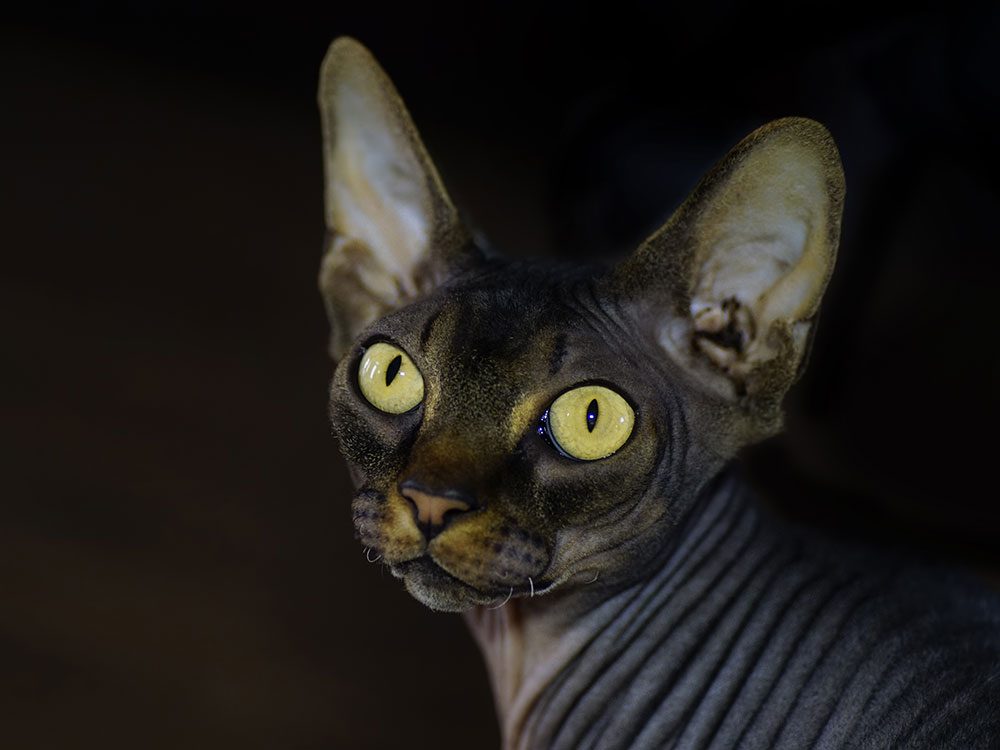
Sphynx
Likely the most distinctive of all cats, the Sphynx’s extremely fine coat of down gives it the appearance of being hairless. This also means that the Sphynx is strictly an indoor cat, and it makes a gentle companion.
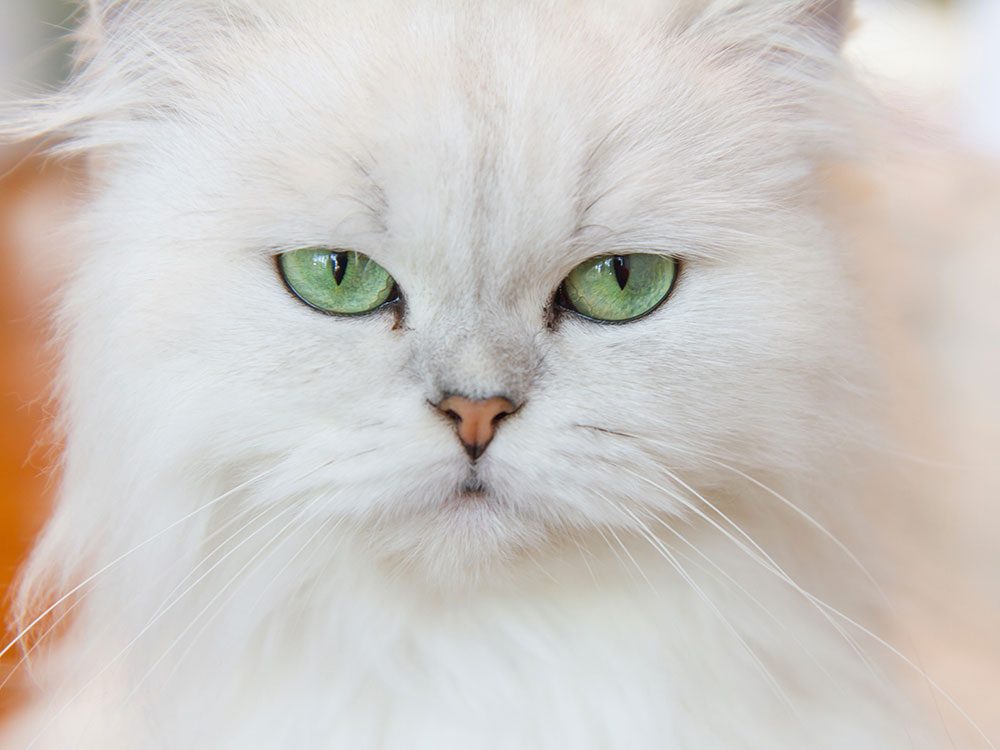
Persian
The docile, affectionate Persian is one of the most popular cat breeds and makes a great indoor cat. Like all longhaired cats, it requires regular grooming to stop its coat from matting. The Persian comes in a variety of colours, but be careful if you’re interested in one with white fur and blue eyes, as those traits often indicate deafness.
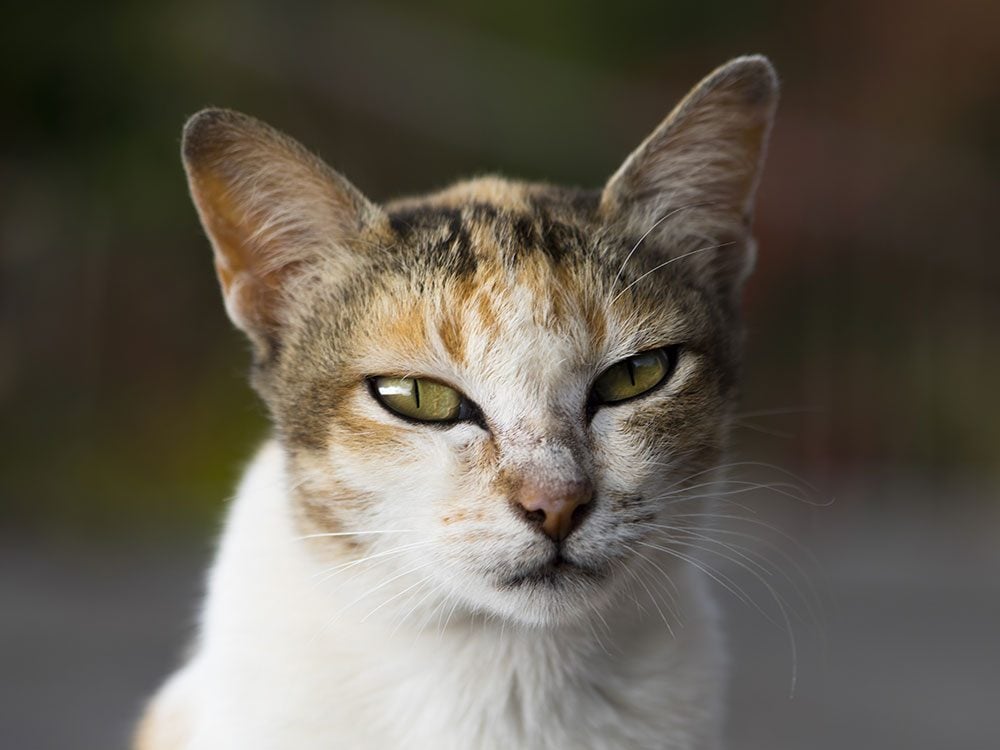
Balinese
The Balinese is similar to the popular Siamese breed, though with a longer, silkier coat. It’s just as smart and active as its shorthair counterpart, but slightly less demanding.
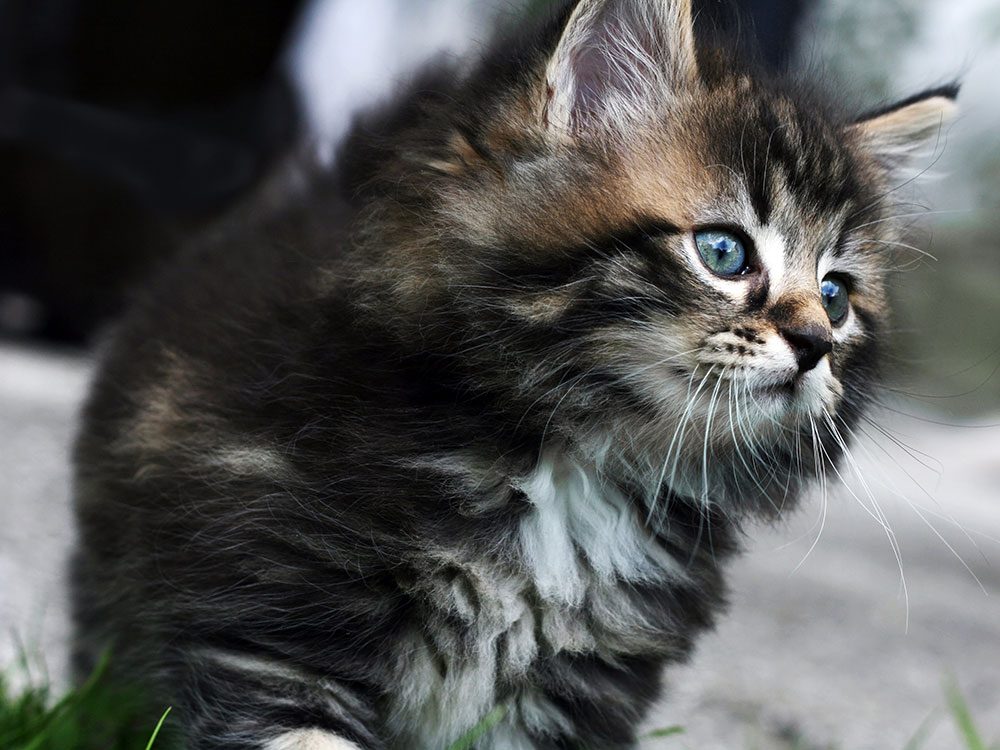
Norwegian Forest
It may be friendly, but the fiercely independent Norwegian Forest is not a breed to be kept indoors. This thick-furred cat developed in Norway’s freezing temperatures, and it loves to hunt and climb.
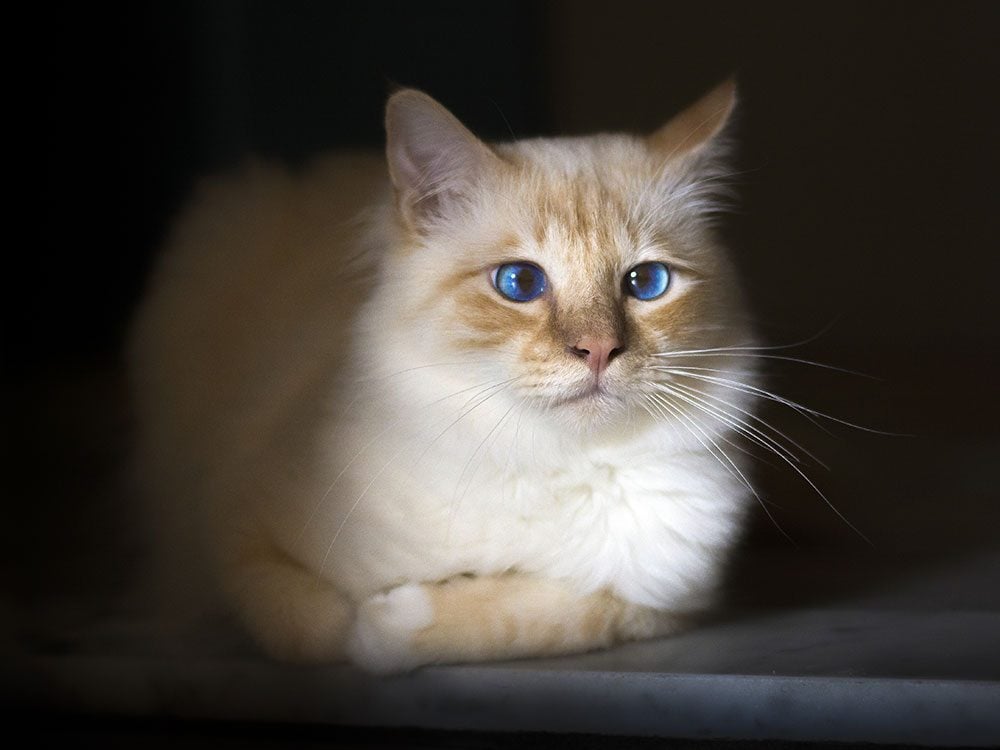
Birman
Supposedly a holy temple cat in its native Burma, the Birman has an appropriately meditative and peaceful personality. It makes a great lap cat but can get stressed if left alone too often.
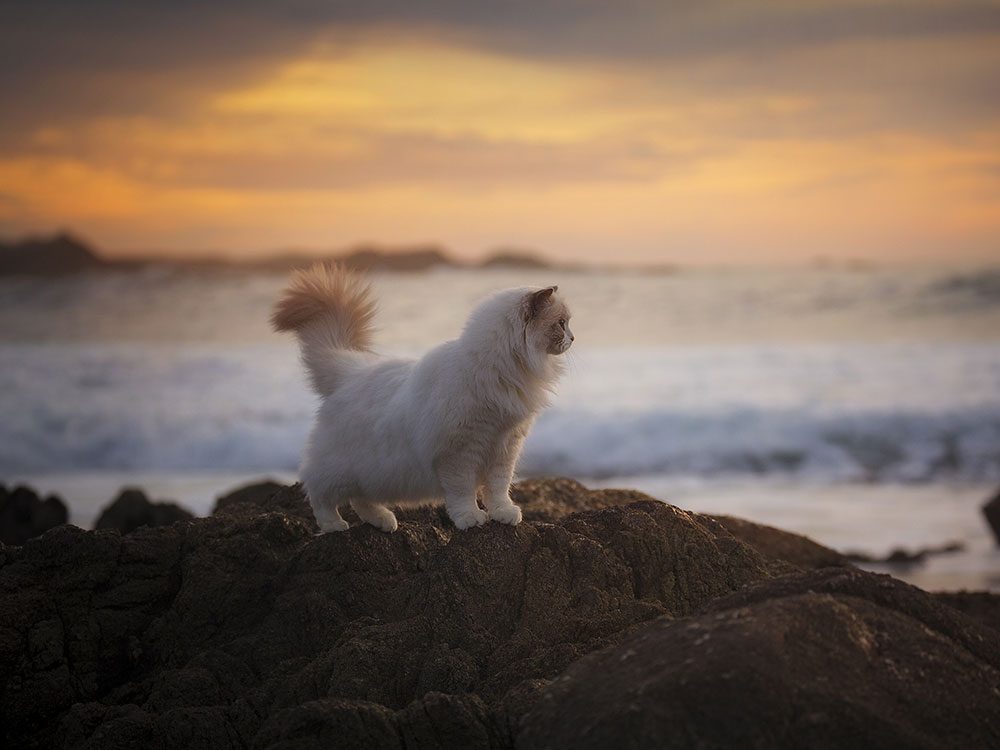
Ragdoll
The Ragdoll’s tendency to go limp in an owner’s lap gave the breed its charming name. Its adorable habits also resulted in some funny myths: legend has it that the mother of the first litter was hit by a car and gave birth to “floppy” kittens, and that its affectionate nature makes the Ragdoll utterly defenseless. While intelligent, this docile cat requires less space and exercise than other breeds.
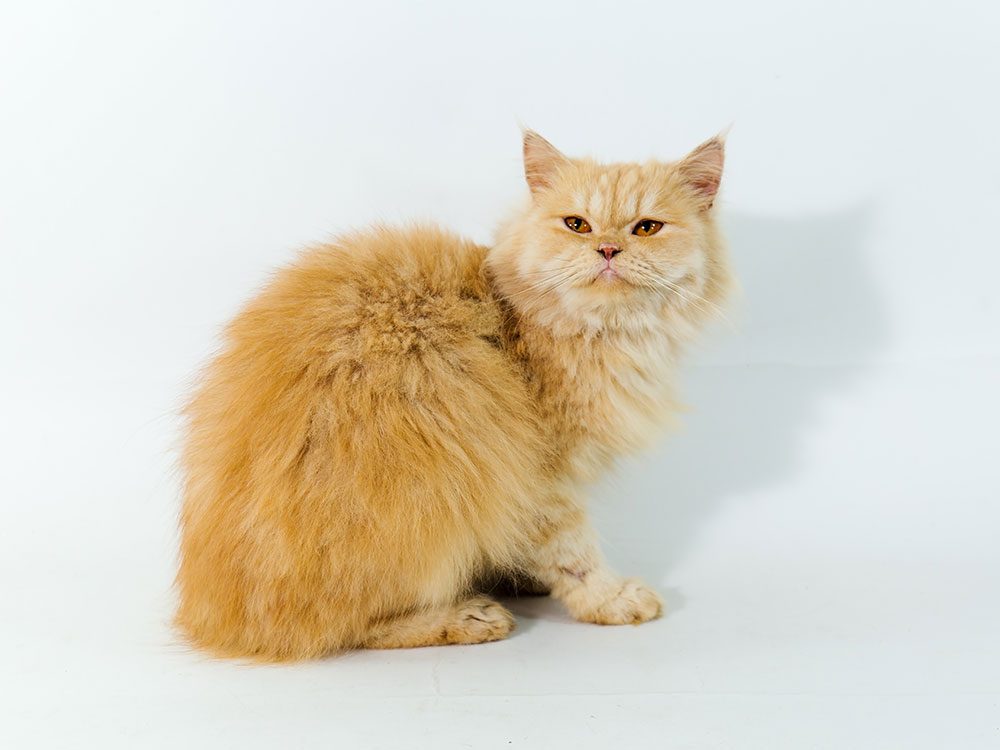
Maine Coon
The Maine Coon’s heft and bushy tail led American settlers to believe it was a cross between a raccoon and a cat―hence its unusual name. This active and affectionate breed can get as big as 8.2 kg, though most are smaller, and it has a trademark mane of neck fur. The Maine Coon’s independent nature and thick, waterproof coat makes it a great outdoor cat.
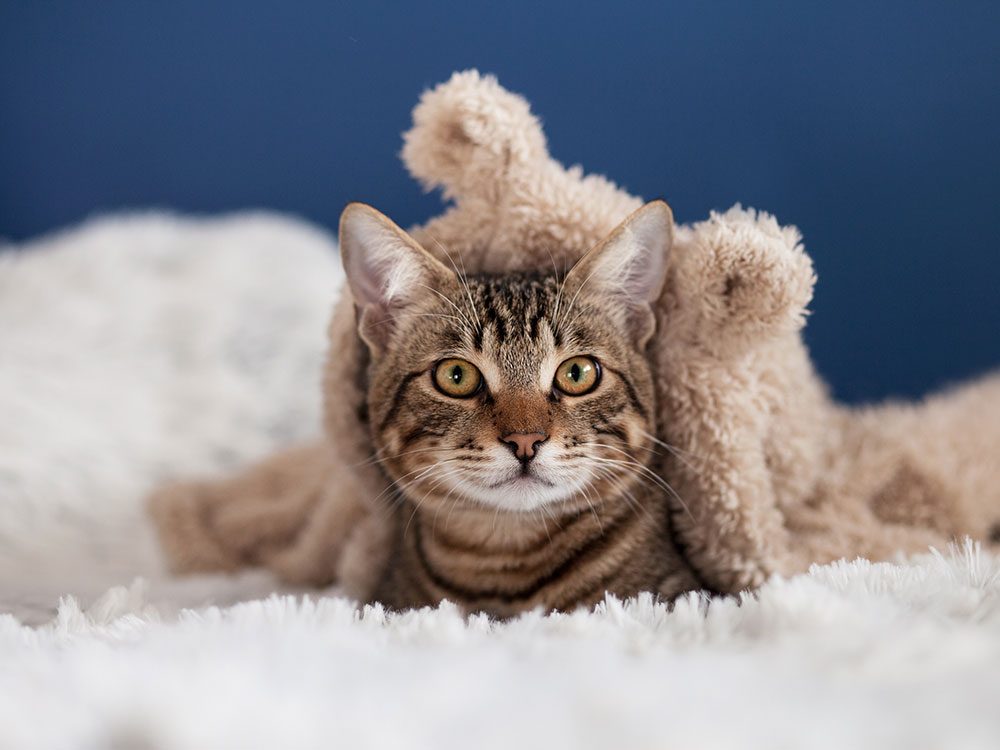
Bengal
A beautiful cross-breed of the wild Asian Leopard cat and domestic shorthairs, the Bengal makes a curious and outgoing pet. Highly intelligent, it needs human company and lots of entertainment.
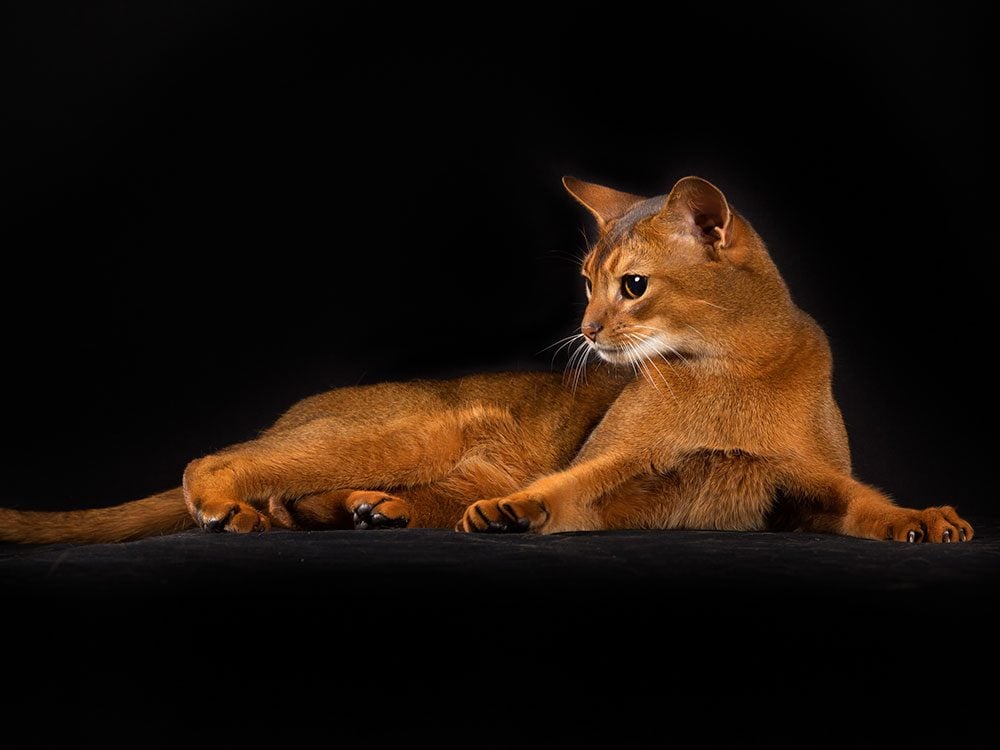
Somali
Like its shorter-haired equivalent, the Abyssinian, the bright, outgoing Somali gets its distinctive colouring from the dark bands that mark each hair.
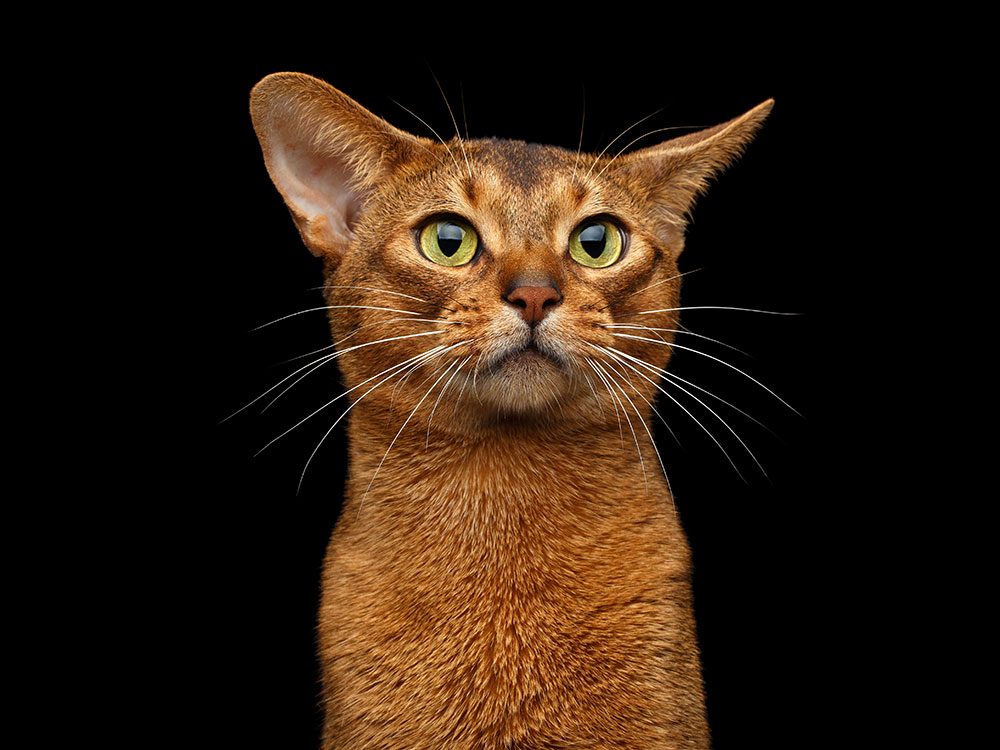
Abyssinian
Two dark bands on each of the Abyssinian’s hair give its coat a striking similarity to that of a wild rabbit. Largely unchanged since it arrived from Africa in the nineteenth century, the Abyssinian is playful and enjoys learning tricks. While it requires constant human attention, this breed doesn’t always get along well with other cats.
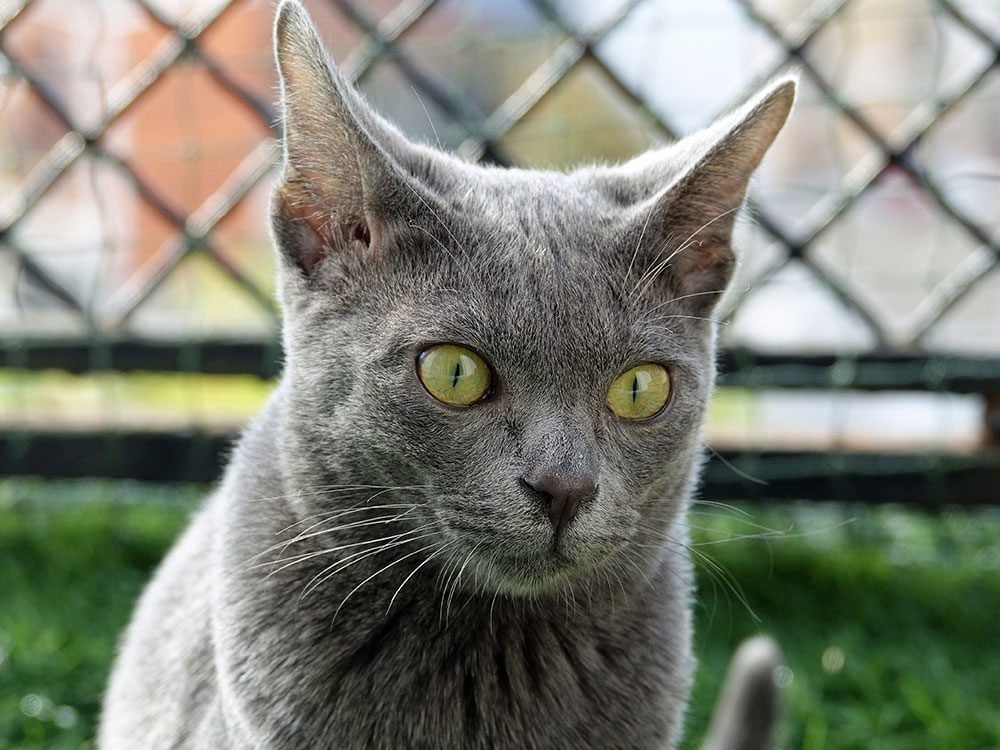
Korat
Originally from Thailand, the dark-grey Korat is one of the world’s oldest cat breeds. Its affectionate demeanour and huge, beautiful eyes have made the Korat very popular.
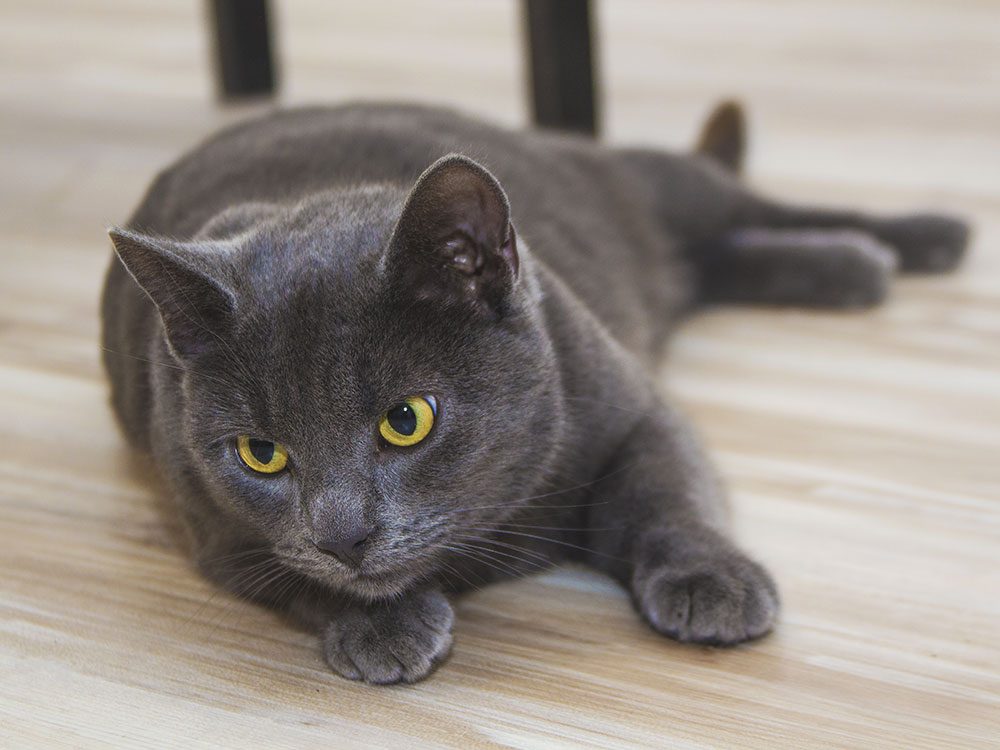
Russian Blue
The Russian Blue has a soft double coat that feels wonderful to touch. It tends to be shy with strangers and favours homes with stable routines, but makes an intelligent, friendly companion.
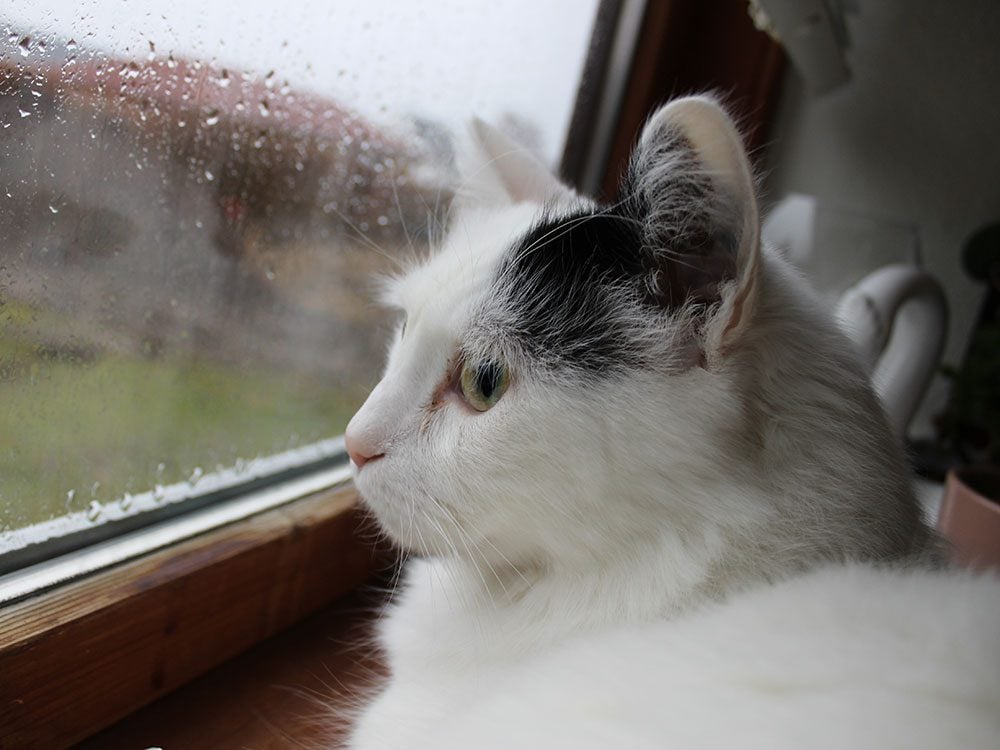
Turkish Van
Cats hate water, right? Not the Turkish Van. This avid swimmer loves to bathe, and is named after its native Lake Van region in Turkey. The Turkish Van has a lovely personality and a beautiful auburn-and-cream coat.
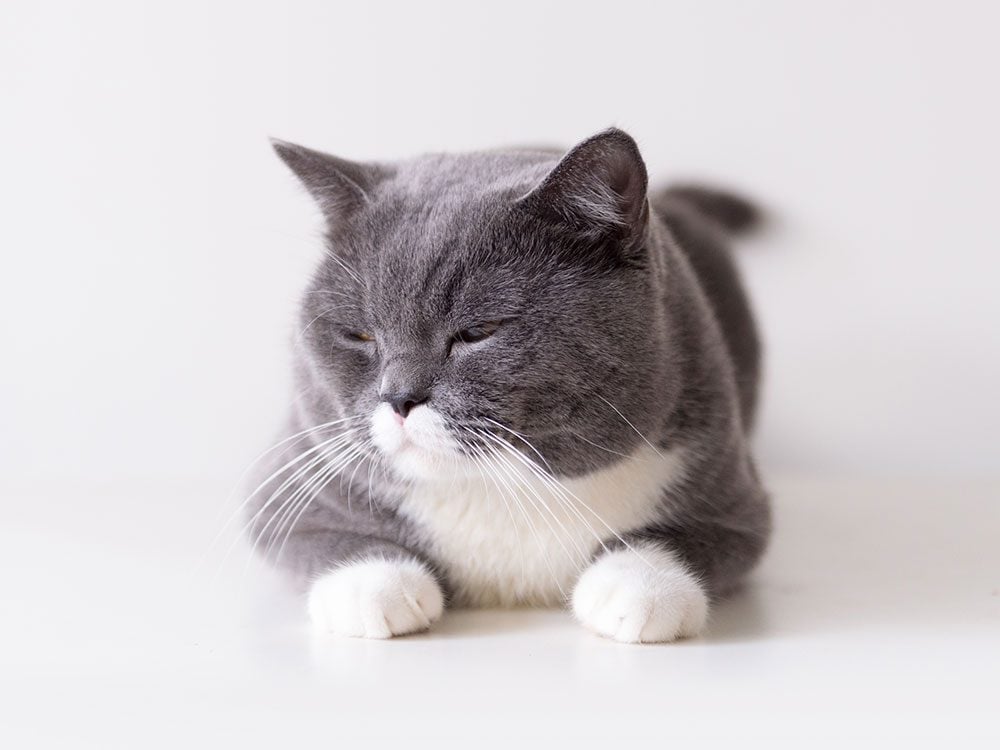
British and American Shorthairs
These common cats are available in a range of colours. They make easygoing companions and enjoy human attention without demanding it, though their love of food and lounging can lead to excessive weight gain.
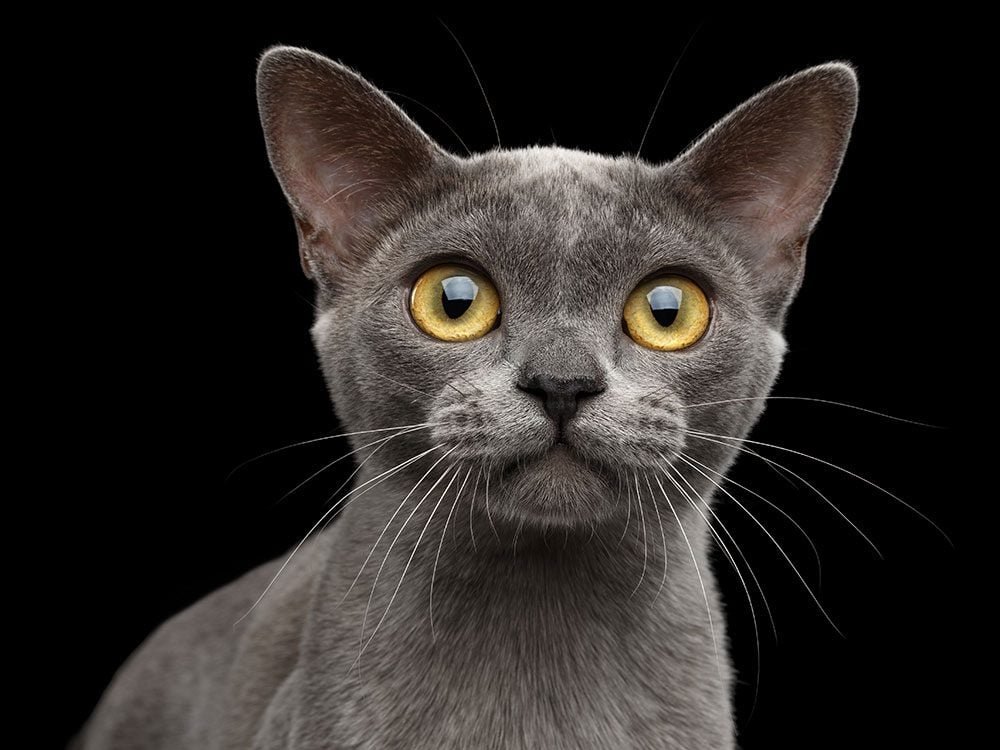
Burmese
The Burmese is now nearly as popular as the Siamese, thanks to its intelligence and hunger for attention. You might even mistake this energetic, amusing breed for a dog: it often loves to play fetch with small objects and can be trained to walk on a leash. The Burmese’s short, soft coat makes it ideal for owners leery of grooming. It is also one of the longest-lived breeds, often living into its late teens.
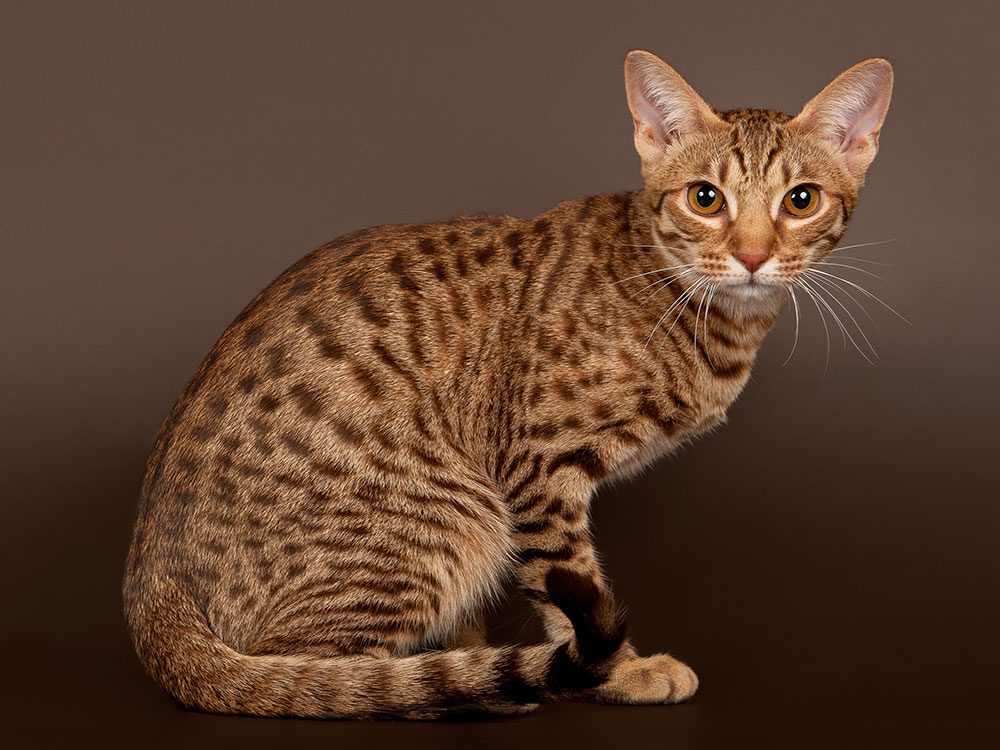
Ocicat
Another dog-like breed, the beautifully-spotted Ocicat demands constant attention and relishes learning tricks. This active breed is not suited to small homes or absent owners.
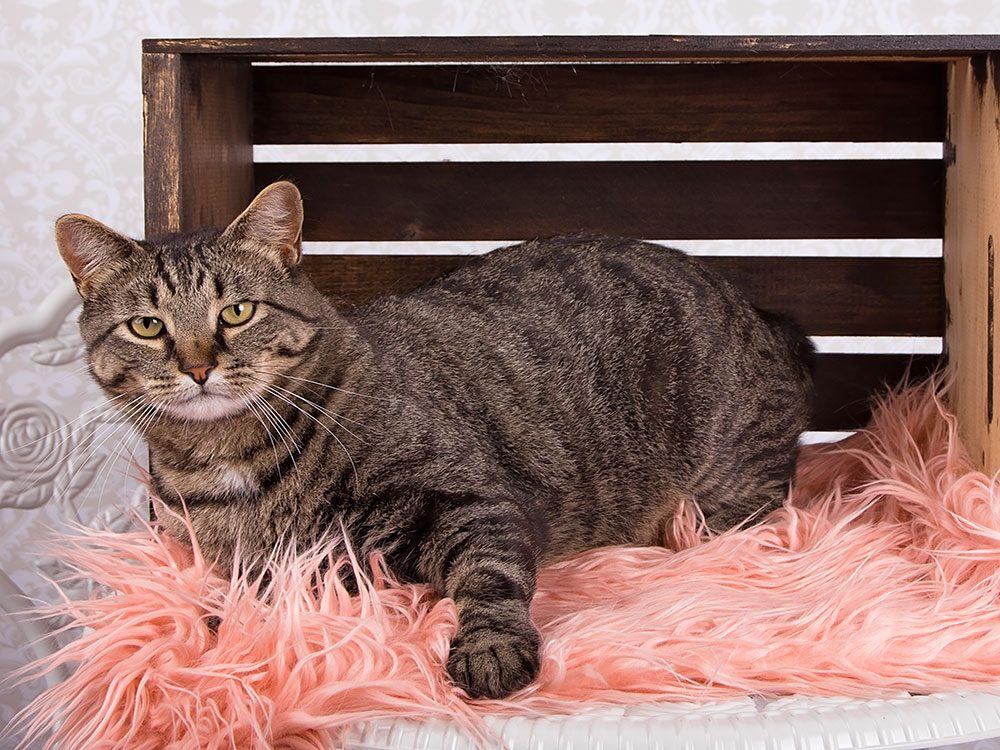
Manx
The good-natured Manx is instantly recognizable by its lack of a tail―actually the result of a spinal deformity. Its fur is short but thick, meaning the Manx requires regular grooming.
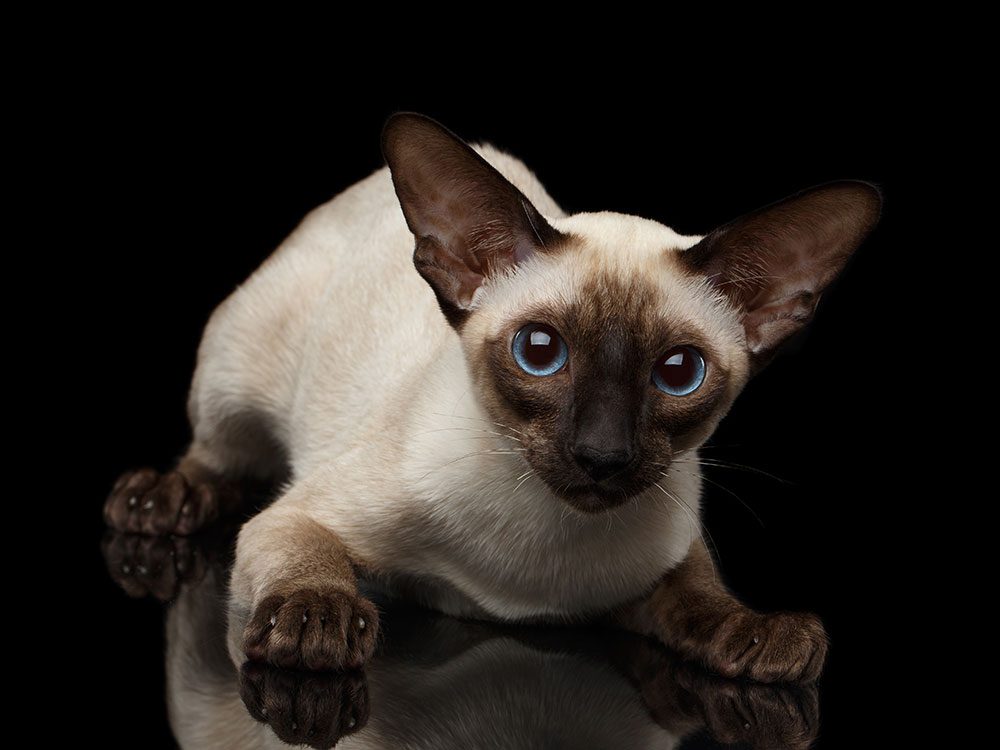
Oriental Shorthair
Oriental Shorthairs become extremely dependent on their owners, so be prepared for a demanding-but-rewarding relationship. Lively, smart and vocal, this breed requires regular attention. Unlike the Persian, blue-eyed white Oriental Shorthairs are usually not deaf.
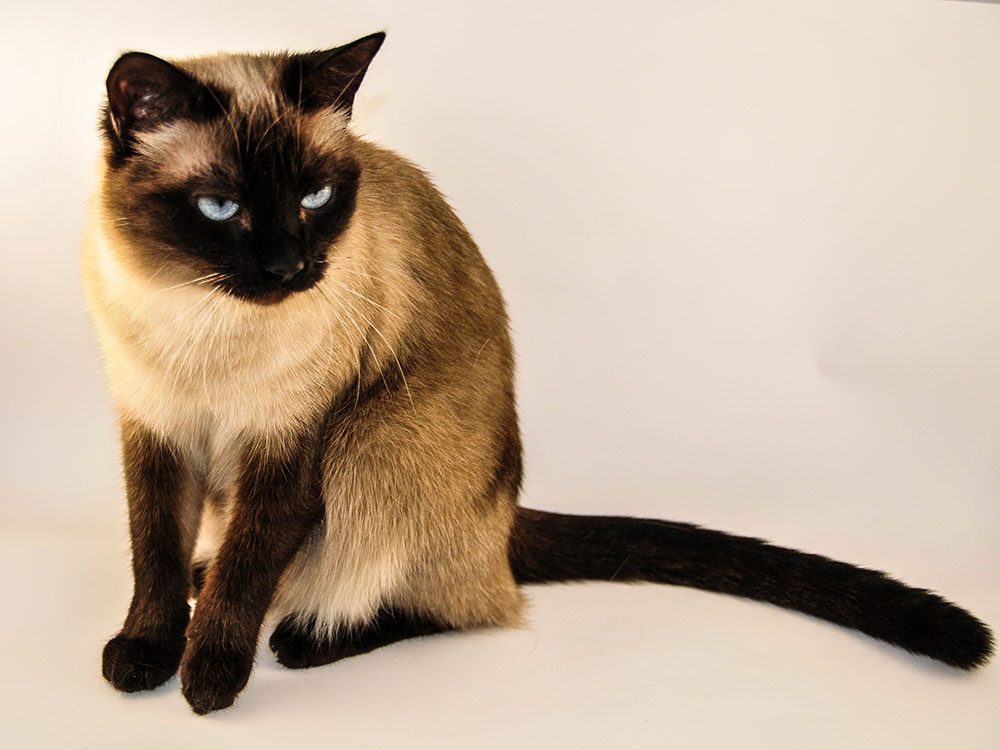
Siamese
When it was first shown in London in 1871, the Siamese was described as “an unnatural nightmare kind of a cat.” But now that selective breeding has eliminated some of its strange genetic defects, the Siamese has become one of the world’s most popular pedigree cats. The Siamese is loving, loud, active and smart, and like the Burmese can be trained to do tricks. Siamese owners can expect a long-lived companion that refuses to be ignored.
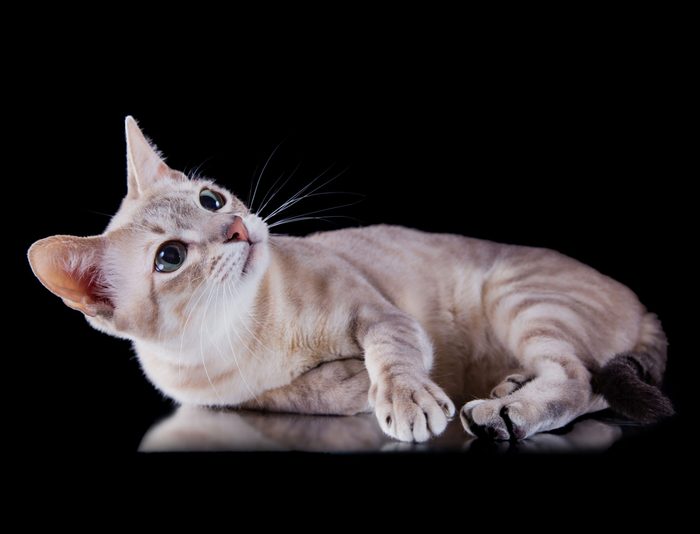
Tonkinese
A cross between the Siamese and the Burmese, the Tonkinese shares their beautiful looks and outgoing natures.
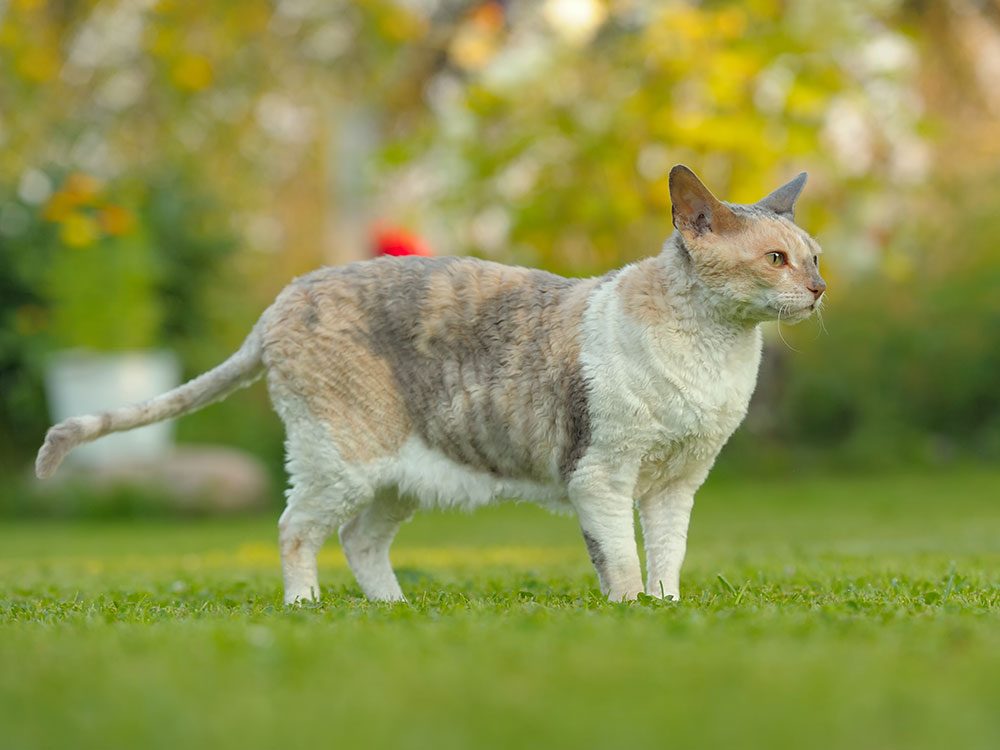
Cornish and Devon Rexes
The unusual-looking Rexes have huge ears and fine, rippled coats. They shed less, and owners with cat allergies often say they are affected less by Rexes. The Devon has shorter fur and lower-set ears than the Cornish, and both breeds are playful, loving attention hogs.